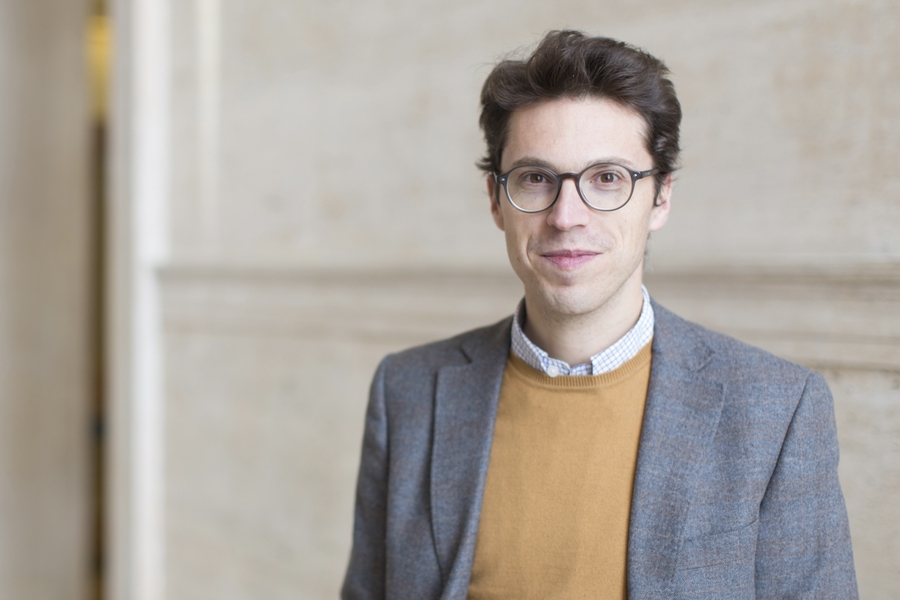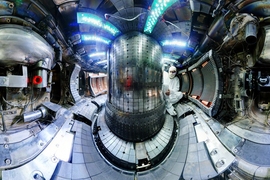Nuclear Science and Engineering Associate Professor Nuno Loureiro has spent his first year and a half at MIT’s Plasma Science and Fusion Center (PSFC) exploring the magnetic processes crucial to understanding how to sustain fusion in a tokamak like the Center’s Alcator C-Mod project. Now, with the help of a National Science Foundation Early Career Development award, he is also looking beyond the fusion vacuum chamber to the edges of the universe, seeking an answer to a fundamental astrophysical question: How did the universe magnetize itself?
Loureiro marvels at how pervasive magnetic fields are, evident not only in planets and the interplanetary medium, but beyond the heliosphere to the interstellar, galactic, intergalactic, and intercluster media. But how were these fields generated? And how did they come to have the structure and magnitude they have today?
“We now strongly believe that these magnetic fields critically affect structure formation in the universe — they are critical to shaping the world as we see it. In a sense, the existence of magnetic fields may be the reason you and I are having this conversation,” Loureiro says.
Scientists now believe that magnetic fields were not created with the Big Bang, but must have been generated later. Because the universe is largely plasma, researchers are looking to the plasma processes that could have created these fields. Loureiro knows that a magnetic field can grow in strength and structure by interacting with plasma.
“If you give me a tiny amplitude magnetic field — weaker than a fridge magnet, for example — then you can use a process called plasma dynamo, which is nothing more than stirring that magnetic field with a turbulent flow,” he says. “Because plasmas are electrically conducting media, they interact with the magnetic field, so if you stir the plasma you stir the magnetic field as well. In the process, the plasma dynamo will exponentially amplify the magnetic field.”
The question for Loureiro is: Can you amplify a small magnetic seed field, via a plasma dynamo, to levels we observe today in less time than the current age of the universe? And of course: How does a magnetic seed field form in the first place?
The project, which relies on theory and simulations, requires a deep understanding of magnetic reconnection and turbulence in plasmas, topics that have been Loureiro’s focus since he was a graduate student at Imperial College London. He is delighted to be putting his expertise to use. “I’m not going to be using magnetic reconnection as a goal, which I’ve been doing so far, but as a tool,” he notes.
Loureiro is originally from Portugal, where he was head of the Theory and Modeling Group of the Institute for Plasmas and Nuclear Fusion at the Instituto Superior Técnico (IST) in Lisbon. He is now Assistant Head of the Theory and Modeling division at the PSFC, and an associate professor with tenure. He joined MIT in January 2016, but only after having determined with his family that they were ready to embrace the uncertainty and unpredictability of a new home. He says the move has been stimulating and rewarding for everyone.
“Professionally I’m completely overwhelmed with what MIT is,” he says. “You read about it and you talk to people about it, but before you’ve experienced it, I don’t think you quite understand the type of place it is. It’s fascinating to be here, surrounded by so many amazing people. It’s inspirational.”








